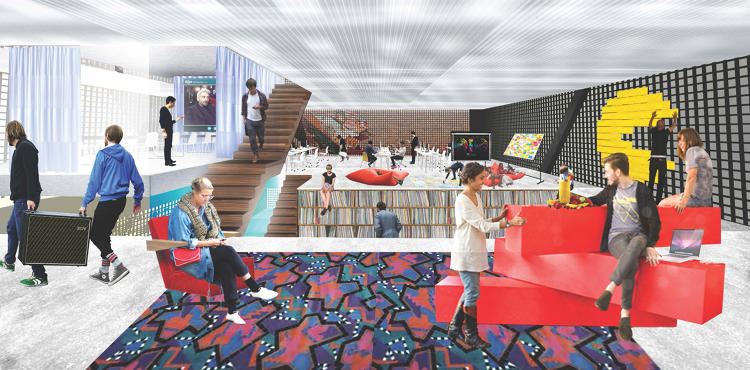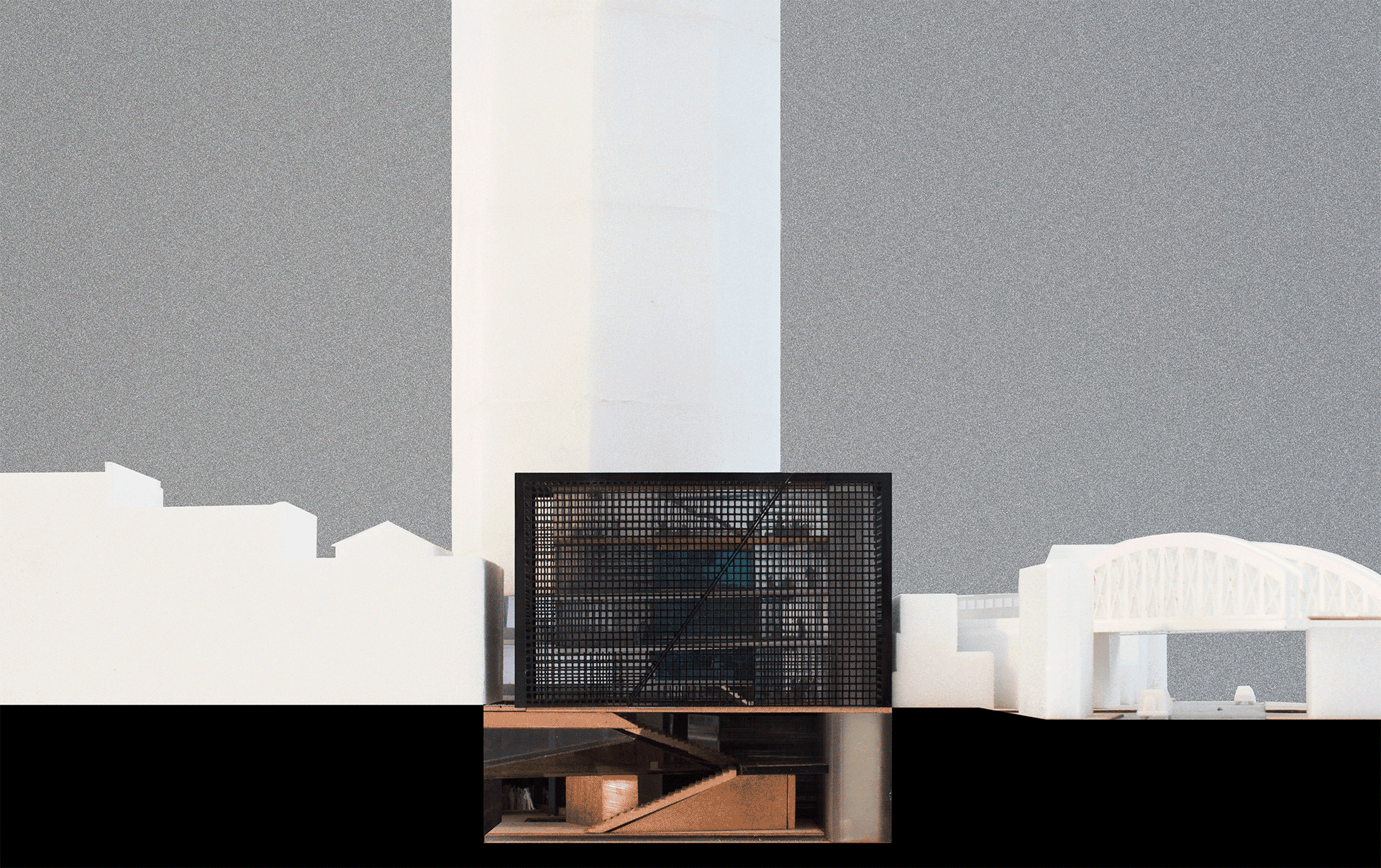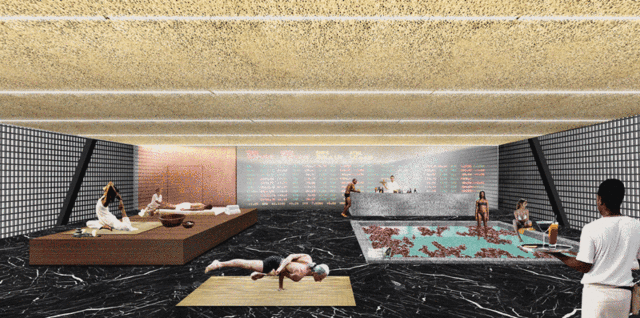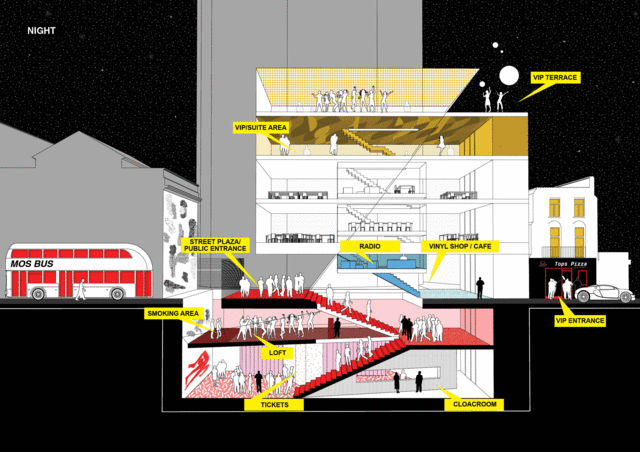In developing a refreshed home for London’s famed Ministry of Sound, OMA also imagines a new way to make nightlife safer.

Blame gentrification, uptight government, or the Instagram generation: The club scene is dwindling. And Ippolito Pestellini Laparelli, an architect and partner at Rem Koolhaas’s superfirm OMA, laments its slow decline. “For decades, nightlife was at the forefront of social and creative experimentation,” he says. “It’s sad to think that domain is dying off in European cities—we’re losing an experimental domain.”

In 2015, the Ministry of Sound—an influential London club founded in the 1990s that has since morphed into a multimedia brand—enlisted OMA to come up with a concept for what a 21st-century space might look like for the company. Laparelli was excited by the prospect of figuring out how architecture could potentially refresh nightlife. He and his team mined the history of nightclub design to develop a sophisticated, experimental space—one that could also have important implications for nightlife safety elsewhere in the world.
THE EVOLUTION OF NIGHTLIFE AND ITS ARCHITECTURE
OMA’s research and interest in nightclub design began a couple of years ago when it curated an exhibition at the Venice Biennale about the role of nightlife in countercultural movements and how architecture mirrored nightlife’s evolution from the 1970s to the 2000s. The architects interviewed DJs, venue owners, and club owners to get a fuller sense of how nightlife evolved internationally. Radical Italian architects in the late 1960s—like Superstudio and Gruppo 9999—developed experimental spaces that were highly theatrical. By the 1970s, the scale of clubs increased, and they became cultural meccas (think Studio 54 in its glory days). This continued until the 1990s when investment went into DJs versus building theatrical spaces. Then the popularity of official venues gave way to warehouses and found spaces. OMA argues that there has been very little architectural innovation in nightclubs since then.

RECAPTURING AN EXPERIMENTAL SENSIBILITY
OMA built its concept for Ministry of Sound from that Venice Biennale research. The idea is to recapture the experimental sensibility from nightclubs past and remix it with technology from the present. “Part of the ambition was to give a range of experiences, almost a catalog of the most interesting spaces we found in our research of nightclubs throughout time,” Laparelli says. “We pickpocketed moments of time and spaces we thought were relevant.”
The building itself is designed to be kinetic so it can morph throughout the day and for different uses. Ministry of Sound is a club, a record label, and a retailer. One of the biggest questions the company is grappling with is how to provide different experiences at all hours, becoming a 24-hour destination. By day, the structure—clad in a grid intended to be like a low-res pixel grid for abstract projections—is closed off. At night part of the facade rises to expose a ground-level social space. Inside, there are some small rooms for experimental music and a large dance floor for conventional DJs. One of the spaces most emblematic of today’s technological shifts is a room Laparelli describes as a holodeck, borrowing a term from Star Trek. It’s a completely immersive room that turns into an encompassing digital experience through screens on the walls and ceilings.

“We tried to create a collage of different spaces, each with a different attitude to recreate the richness clubs used to have,” Laparelli says. “The building is a machine to transform the space. We’re not responding to one trend, but to multiple trends. It avoids association to a singular identity and has multiple identities.”
A BROADER VISION OF 21ST-CENTURY NIGHTLIFE
The history of Italian discos referenced in the new Ministry of Sound could also serve as a touchstone for how underground venues might improve their safety. In an attempt to absolve themselves of liability, cities and landlords have begun to evict people living and working in these spaces . The forced displacement is yet another threat to DIY spaces and the artistic communities in their orbit.

Laparelli questions if architects can help this situation, which involves finding solutions for fire safety and structural integrity issues. “Every time you bring design into a space, you kill the beautiful informality in a way,” he says. However, he also points out that the kit that Manilo Cavalli, Francesco Capolei, and Giancarlo Capolei designed for clubs like Piper—a 1960s Italian disco—could be adapted for today. The architects came up with reconfigurable furniture, temporary lighting and audio equipment, and easy-to-build stage systems that could turn found spaces into discos fairly quickly. This conceit—a hackable system—could be applied as a means to a safer end.
“In a way, architects are good at master planning or organizing or developing a kit of tools to make a space functional,” Laparelli says. “Maybe a good strategy would be to intervene in the space when the intervention is not aesthetic. It’s not about creating a design that’s formal. When you think about the performative aspect of the space, then there is room to intervene: directing flow and circulation, partitions systems showing you how to exit, or very creative ways to deal with signage. Those are things that make informality work.”
OMA’s Ministry of Sound design is on hold at the moment. A suggestion to the firm in the meantime: How about coming up with that kit of parts for informal spaces?
[All Images: OMA]
